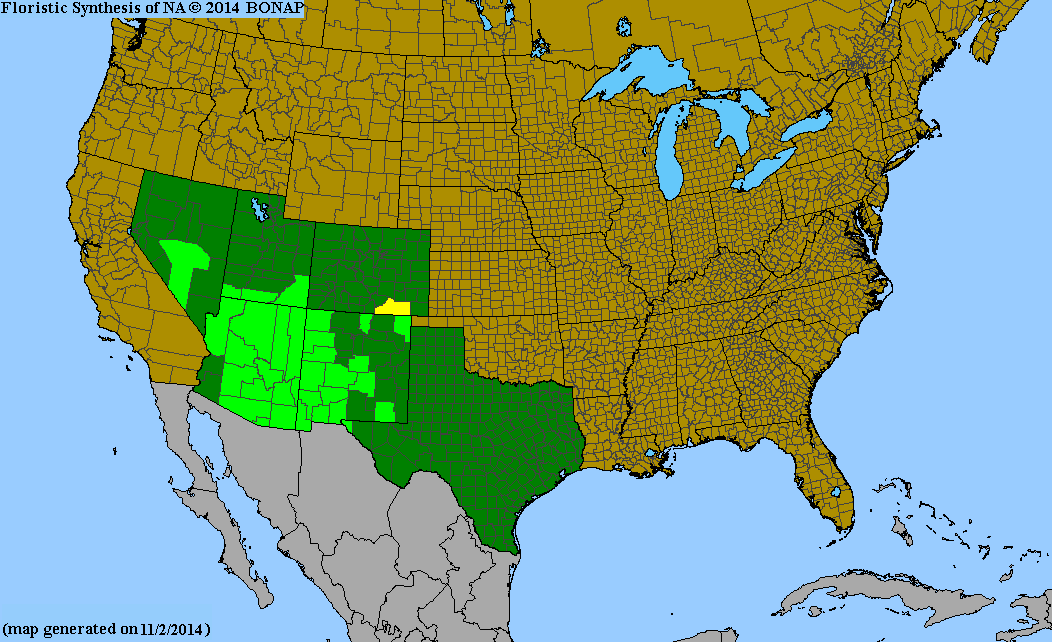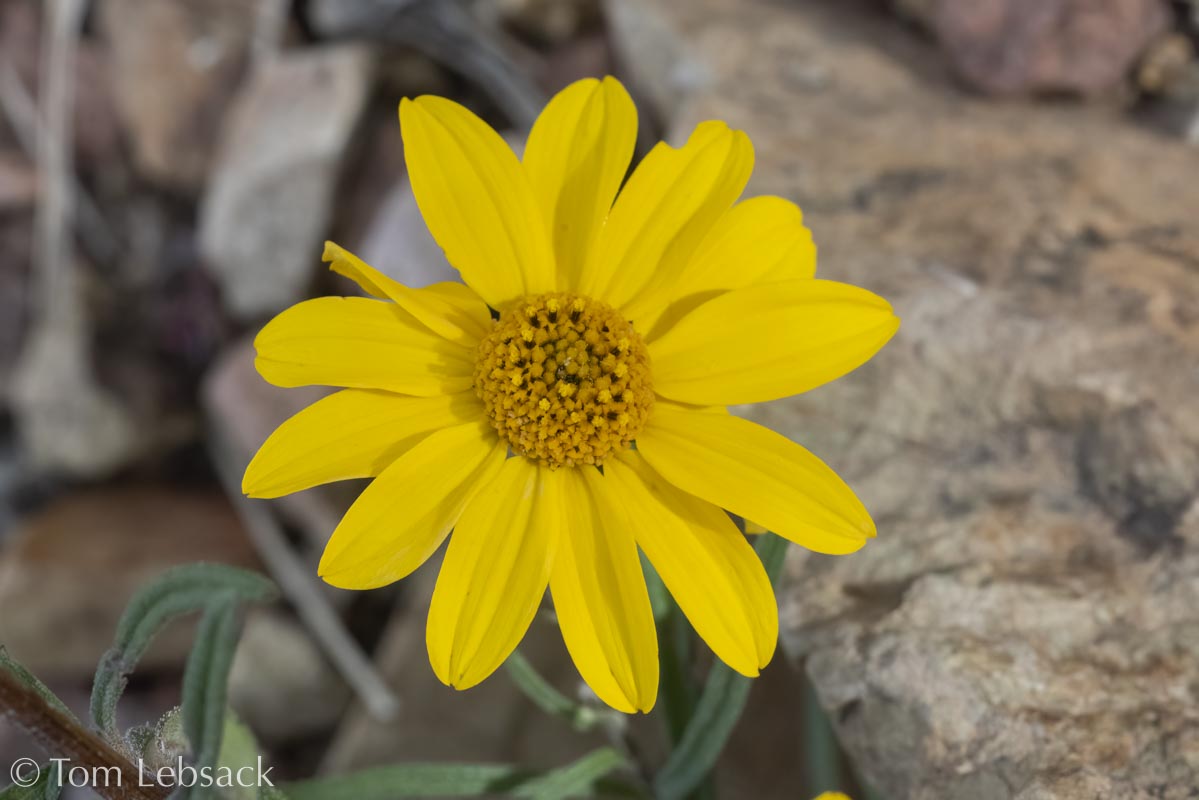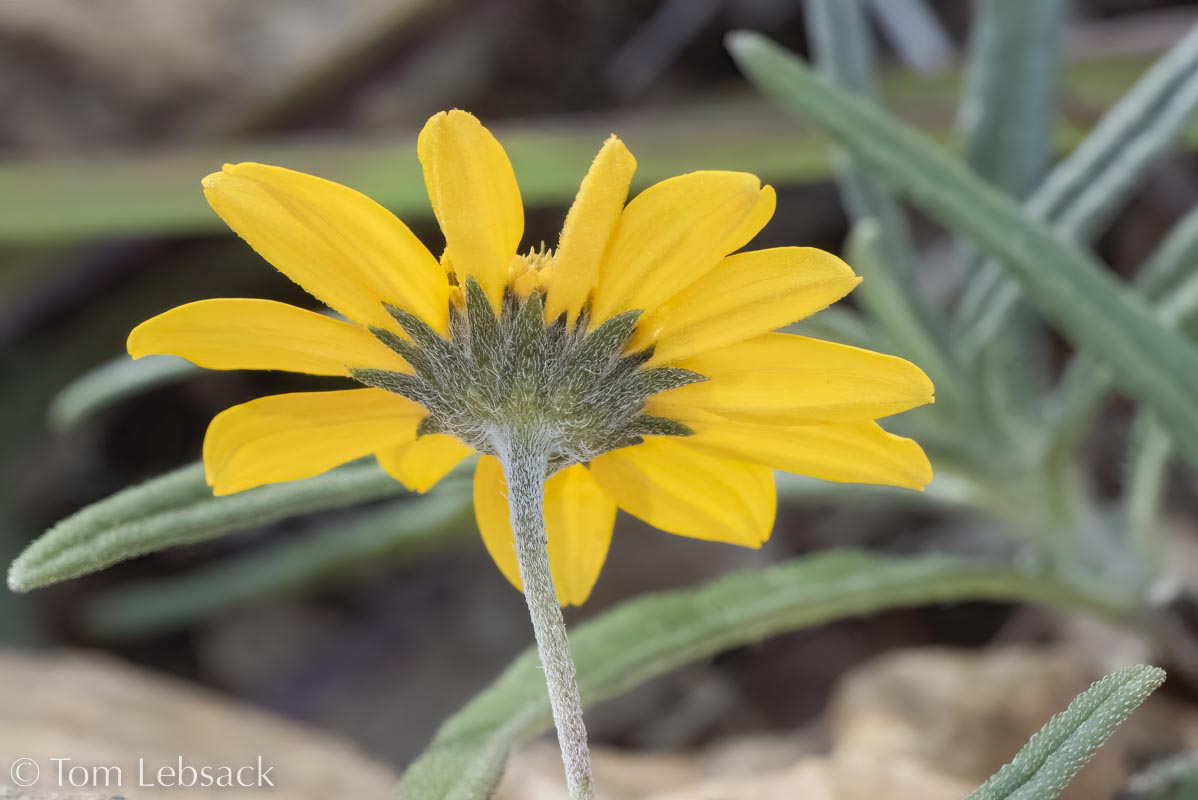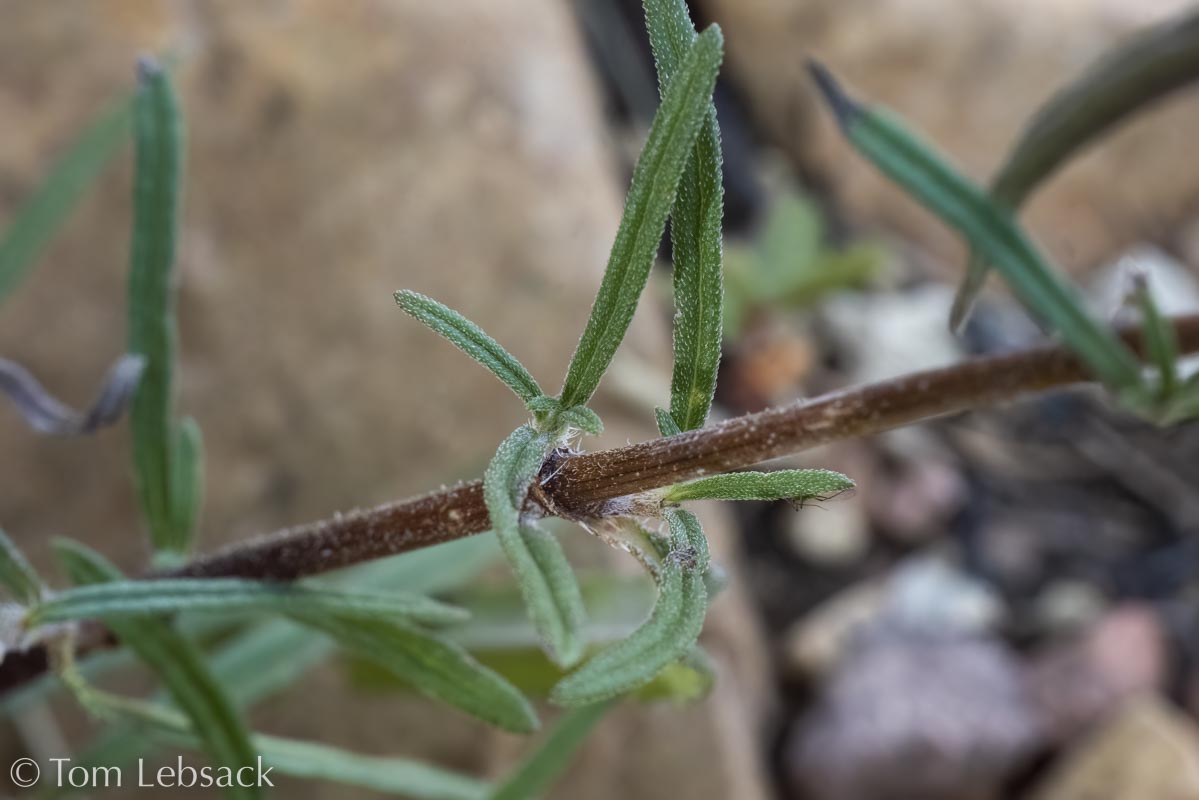Texas Wildbuds
Heliomeris longifolia var. annua
(Longleaf False Goldeneye)
| Scientific Name | Heliomeris longifolia var. annua (Vigueira annua) | USDA PLANTS Symbol | HELOA2 |
| Common Name | Longleaf False Goldeneye | ITIS Taxonomic Serial No. | 528361 |
| Family | Asteraceae (Sunflower) | SEINet Reference |
Click Here |
| Description | Habitat: Dry soils on plains, arroyos, along washes, and on hillsides; 2,500 to 8,000 ft. Plant: Annual with erect reddish stems that are single or often branched, 6 to 28 inches tall; stems are slightly hairy or nearly smooth. Leaves: Opposite below and alternate further up, linear to very narrowly linear-lanceolate, 3/8 to 2-3/4 inches long and about 1/8-inch wide; edges are rolled under (revolute); surface has a deep central vein and smooth or sparsely to moderately pubescent with short, appressed hairs. Inflorescence: Bright yellow composite daisy-like flower heads nearly 2 inches across, solitary or in loose clusters; 8 to 12 ray florets and 50 or more yellow disk florets; involucre about 1/4-inch high with hairy, overlapping pointed lanceolate or linear-lanceolate phyllaries. Bloom Period: May to November. References: Viguiera annua in "Manual of the Vascular Plants of Texas" by Correll and Johnston; SEINet, Flora of North America and Southwest Desert Flora. Note: The variant longifolia has longer (up to 6 inches) and wider (up to 1/2-inch) leaves and stems that branch mostly in the upper portion of the plant. |
BONAP Distribution Map Map Color Key |
Texas Status: Native |
Banner photo of Castilleja indivisa and Lupinus ssp. taken along FM 1323 north of Johnson City, Blanco County
© Tom Lebsack 2025
Every attempt is made to provide accurate, up-to-date, and relevant information, but the completeness or accuracy of any information presented on this website cannot be guaranteed. I use authoritative references to insure high standards of accuracy and review and update the information frequently.


